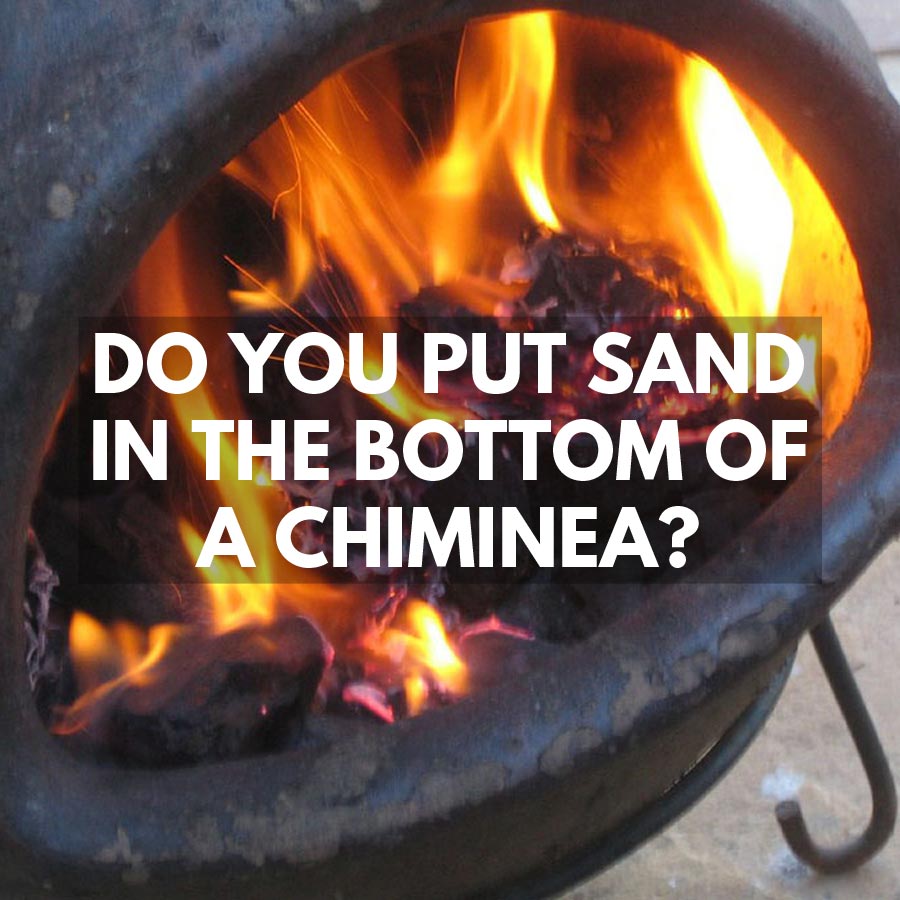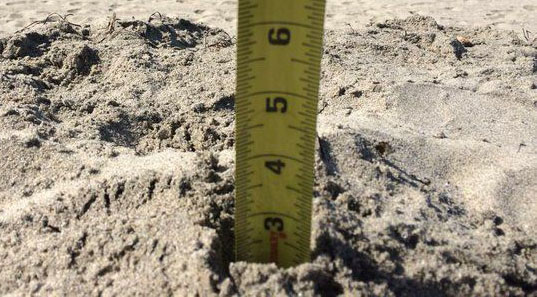Deprecated: Return type of AmazonImages\GeoIp2\Model\AbstractModel::jsonSerialize() should either be compatible with JsonSerializable::jsonSerialize(): mixed, or the #[\ReturnTypeWillChange] attribute should be used to temporarily suppress the notice in /home2/germando/public_html/backyardsavvy/wp-content/plugins/insert-amazon-images/vendor/geoip2/geoip2/src/Model/AbstractModel.php on line 63
Deprecated: Return type of AmazonImages\GeoIp2\Record\AbstractRecord::jsonSerialize() should either be compatible with JsonSerializable::jsonSerialize(): mixed, or the #[\ReturnTypeWillChange] attribute should be used to temporarily suppress the notice in /home2/germando/public_html/backyardsavvy/wp-content/plugins/insert-amazon-images/vendor/geoip2/geoip2/src/Record/AbstractRecord.php on line 57

You may be reading the instructions to your new outdoor fireplace and be wondering, “Do you put sand in the bottom of a chiminea?”. Don’t worry, we asked the same question which is why we wrote this short guide on whether you need a layer of sand at the bottom of your chiminea.
Chimineas are a great way to elevate your backyard with heat, light, and a visual display that is more mesmerizing than a lava lamp. They radiate heat outwards to about two meters which means that everyone can sit around the chiminea at night and stay warm. But how do you protect your chiminea from burning out? Should you put sand in the bottom and why?
Do You Put Sand in The Bottom of a Chiminea?
The truth is that you should always put a layer of sand or lava rock (pumice stones) at the bottom of a chiminea. It doesn’t matter what your chiminea is made from, sand is essential to preserve it in the long term. We explain why it is important to use sand in a chiminea next but before we do, have a guess as to why you think it makes a difference.
Why Do You Need Sand at The Bottom of a Chiminea?
The reason chimineas need a layer of sand at the bottom is not to stop it from exploding or tipping over. It is to protect the base of the chiminea from heat damage or pitting over time. Sand provides a layer of insulation to protect your chimenea where the heat is most intense.
Charcoal can burn up to 500 – 700 degrees Fahrenheit at its hottest which is enough to incinerate most materials not designed to withstand intense heat. Even though clay and cast iron can handle these temperatures, over time the fire will have a negative effect. Wood is often less harsh than charcoal but some wood is toxic and others just produce a lot of smoke.
Let’s take a look at why we use sand in metal chimineas as well as clay:
Do Clay Chimineas Need Sand at the Bottom?
Chimineas made from clay should always have a layer of sand or lava rock at the bottom to protect them from cracking. Clay chimineas are exposed to temperatures of around 1830 F (1000 C) when they are created and will crumble and melt at 2280 F (1250 C). But that doesn’t mean they will last indefinitely.
Without sand in the bottom of your clay chiminea, you won’t notice any issues the first several times you use it but then one day you will start to notice shards of clay dropping off underneath. Months later you might notice a small crack and then the next time you use it, BAM! the whole thing falls to pieces.
Sand provides the perfect barrier between the red hot embers and your expensive patio chiminea. Sand is cheap and non-toxic which makes it the perfect substance to use with fire. Lava rocks work too but cost a little more and are not as readily available.
Do Metal Chimineas Need Sand at the Bottom?
Metal Chimineas should also have sand lining the base inside to protect them from intense heat. Unlike clay, cast iron rarely cracks but instead will degrade over time due to a combination of pitting and rust. The pitting always happens at the base where the embers sit and the rust only becomes a real issue when the chiminea base has become thinner or weakened.
Sand provides a safe platform to have a fire on and protects the surface of your chiminea from direct contact with burning charcoal. Another benefit of using sand inside your chiminea is that when it comes to cleaning out the ashes the next day, you can simply scoop them all out with a bit of sand instead of scraping against the metal base.

How Much Sand Do You Put in a Chiminea?
You should put a few spade fulls of sand inside your chiminea and then level it out and measure depth from the deepest point. Small chimineas will only need about 3 inches of sand at the deepest point as long as it spreads out to all sides too. Larger chimineas may need about 4-5 inches of sand at the bottom as a bigger fire produces more heat.
A little tip is to draw a line on a stick or hand trowel and then keep that with your sand. Then you can simply push it into the center whenever you add more sand to make sure it always has enough. One bag of sand will last a very long time as you only have to replace the sand you accidentally scoop out when cleaning away the ashes.
What Kind of Sand Do You Use in a Chiminea?
You can use any type of sand in a chiminea however most people choose silica sand for firepits because it is cheap and effective. Playground or sandpit sand is more expensive and often has finer grains but doesn’t provide any benefits over silica sand. You can use builders’ sand, sand from the beach, play sand, standard sand, or pumice stones, it all works.
If after reading this you are still wondering, do you put sand in the bottom of a chiminea? Then go back through and read it all again (the answer is yes).








